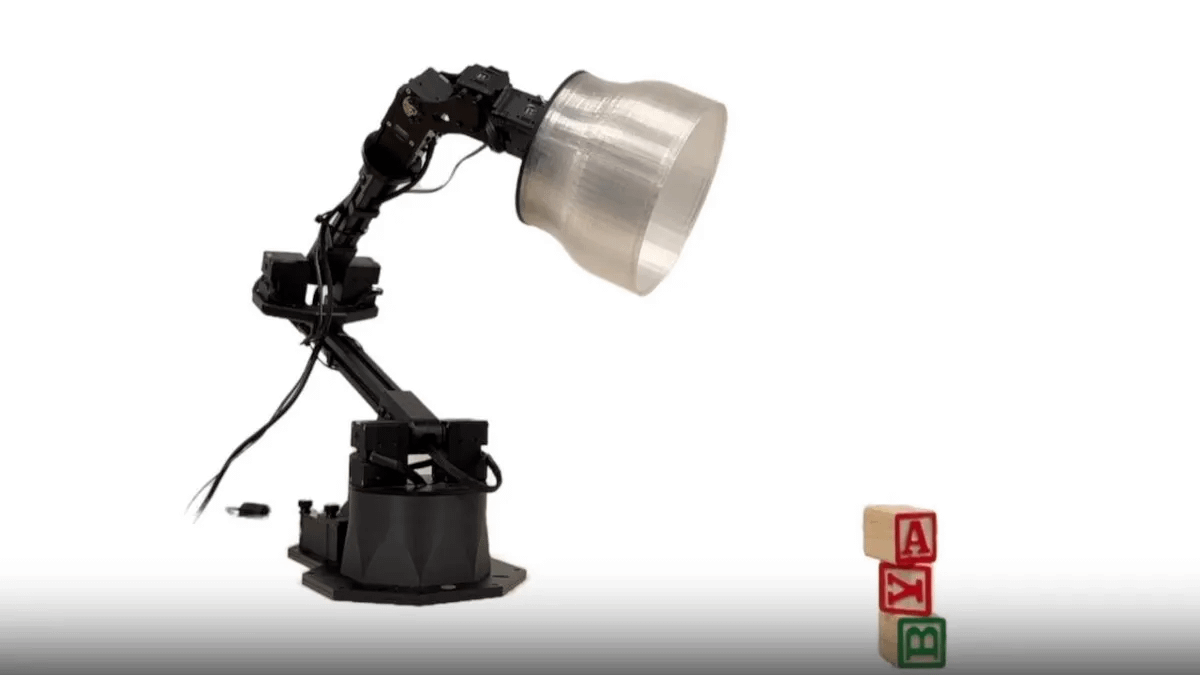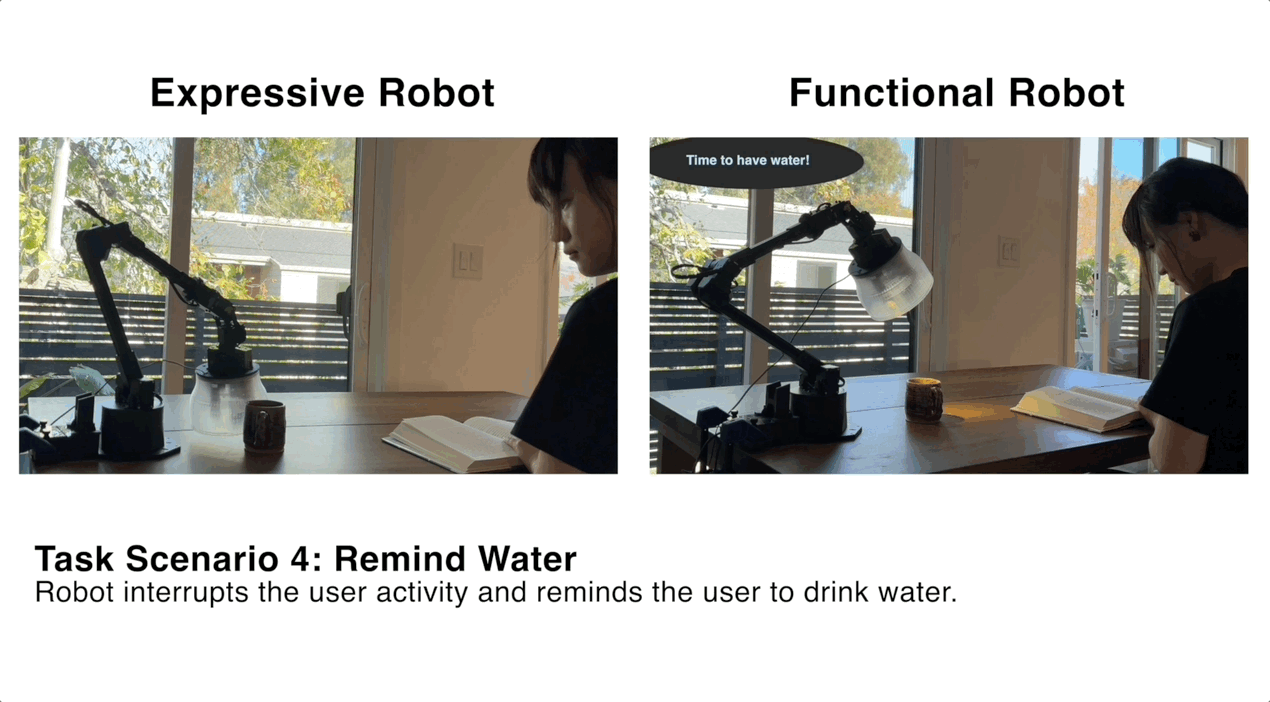

Apple is working on something a little different for the smart home—a robot lamp. Yes, you read that right. A lamp that doesn’t just sit on your desk and light up your workspace, but actually moves, interacts, and even “dances” to music.
This isn’t a product announcement, though. It’s part of a research project published on Apple’s Machine Learning Research site, giving us a look at how the company is exploring robotics and expressive movement. And while this particular lamp may never hit store shelves, it does tell us a lot about Apple’s vision for smart home tech in the future.
At first glance, Apple’s creation looks like a typical desk lamp—except it’s packed with sensors, a built-in voice assistant (most likely Siri), and what appears to be a speaker, camera, and even a projector. But what really makes it stand out is how it moves.
Apple’s research team created two versions of the lamp:
The video accompanying Apple’s research shows these two lamps side by side. The expressive version doesn’t just respond to commands—it moves with personality. When music plays, it bounces along to the beat. When asked about the weather, it tilts toward a window as if “checking” outside before answering. It even nudges a glass of water toward the user as a reminder to stay hydrated.
Meanwhile, the functional version gets the job done but without any flair. It’s a clear demonstration of how adding personality to a robot can change the way people interact with it.
The research paper, titled “ELEGNT: Expressive and Functional Movement Design for Non-Anthropomorphic Robot,” dives into how movement affects the way people engage with machines. The study found that expressive motion significantly improves how users perceive and interact with a robot—especially in social settings like entertainment and communication.

In short, Apple is exploring how to make robots feel more natural and approachable without needing to give them human-like faces. Instead, the team is using movement and subtle gestures to create a sense of personality and intention.
This approach is reminiscent of Pixar’s Luxo Jr., the playful desk lamp from the animation studio’s logo. Apple’s researchers even reference Luxo Jr. in their paper, noting that a simple, familiar shape like a lamp can still convey emotion through movement alone.
Right now, this is just a research project. But Apple has been working on various home robotics concepts, with reports suggesting the company is developing a smart display with a robotic arm, as well as a tabletop assistant device.
Bloomberg has reported that Apple could launch a home robot in 2026 or 2027, possibly with a price tag around $1,000. Whether or not this lamp evolves into a real product remains to be seen, but the research hints that Apple is serious about bringing robotics into the home in a way that feels more natural and less, well, robotic.
If Apple ever turns this concept into a product, it could be more than just a lamp. With a projector, speaker, and built-in voice assistant, it could function as a next-generation smart home device—handling video calls, displaying notifications, or even helping with tasks like reading recipes in the kitchen. Its ability to move and adjust itself could also make it a dynamic lighting solution for workspaces or home offices.

Apple isn’t the first company to experiment with expressive home robots. We’ve already seen devices like Amazon’s Astro and Anki’s Vector, which aim to be interactive and engaging. However, those robots have screens or faces that display emotions, while Apple’s lamp takes a different approach—using movement alone to create a sense of personality.
This focus on non-humanoid robotics is an interesting angle. Instead of designing a robot that tries to look like a person or pet, Apple is showing that even a simple desk lamp can feel lively and responsive with the right motions.
For now, Apple’s robot lamp is just a peek into the company’s vision for the future—one where home assistants don’t just respond with voice commands but physically interact in meaningful ways.
Even if this exact lamp never makes it to market, the technology behind it could show up in other Apple products. Future smart home devices might move, gesture, or even react to users in a way that feels more intuitive than the static smart speakers we have today.
Apple hasn’t made any official announcements, so we’ll have to wait and see how this research translates into real-world products. But one thing’s clear—Apple is thinking about home robotics in a way that’s less about automation and more about interaction.
For advertising please contact the editor at indianalang@hometheaterreview.com